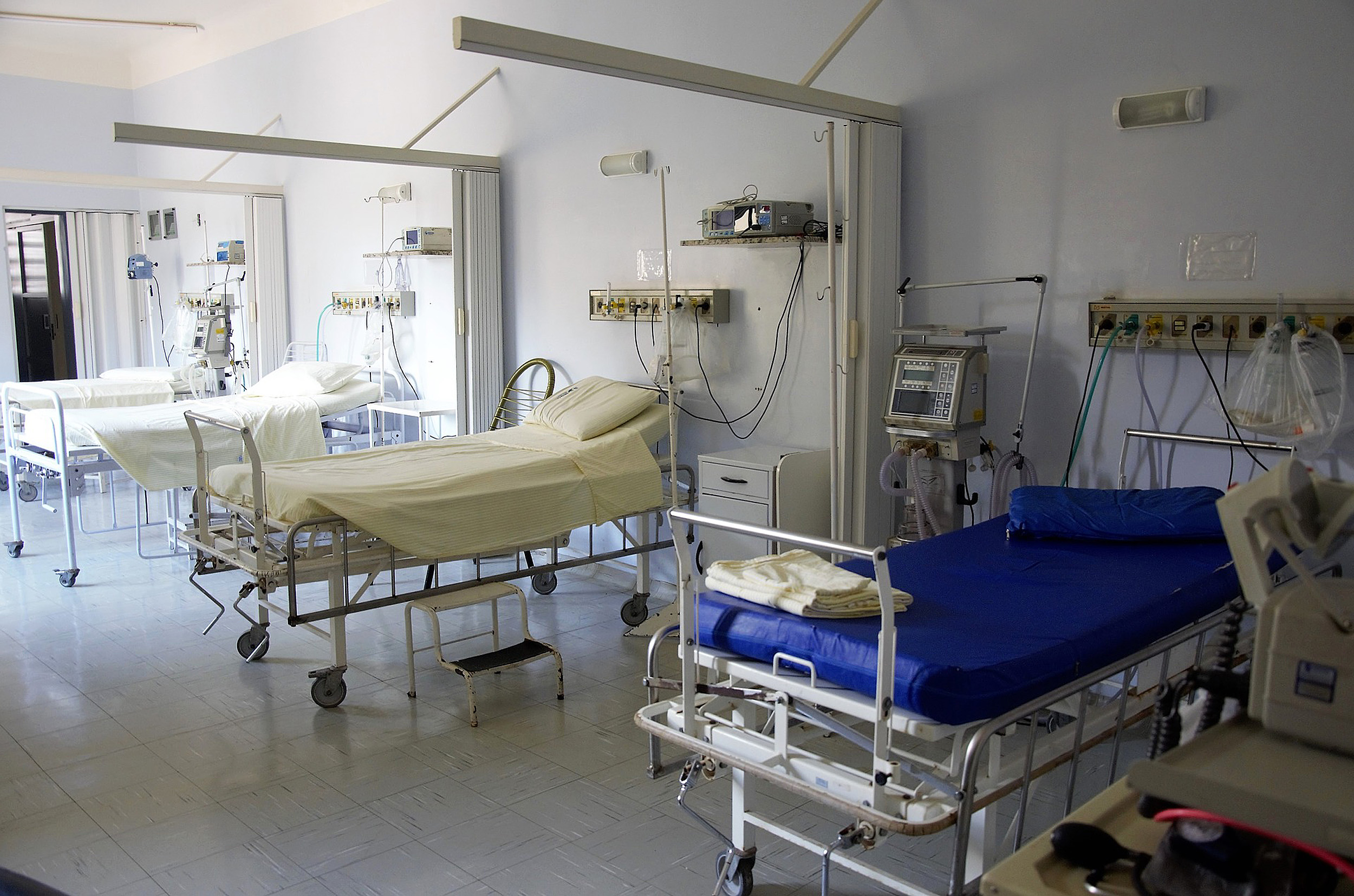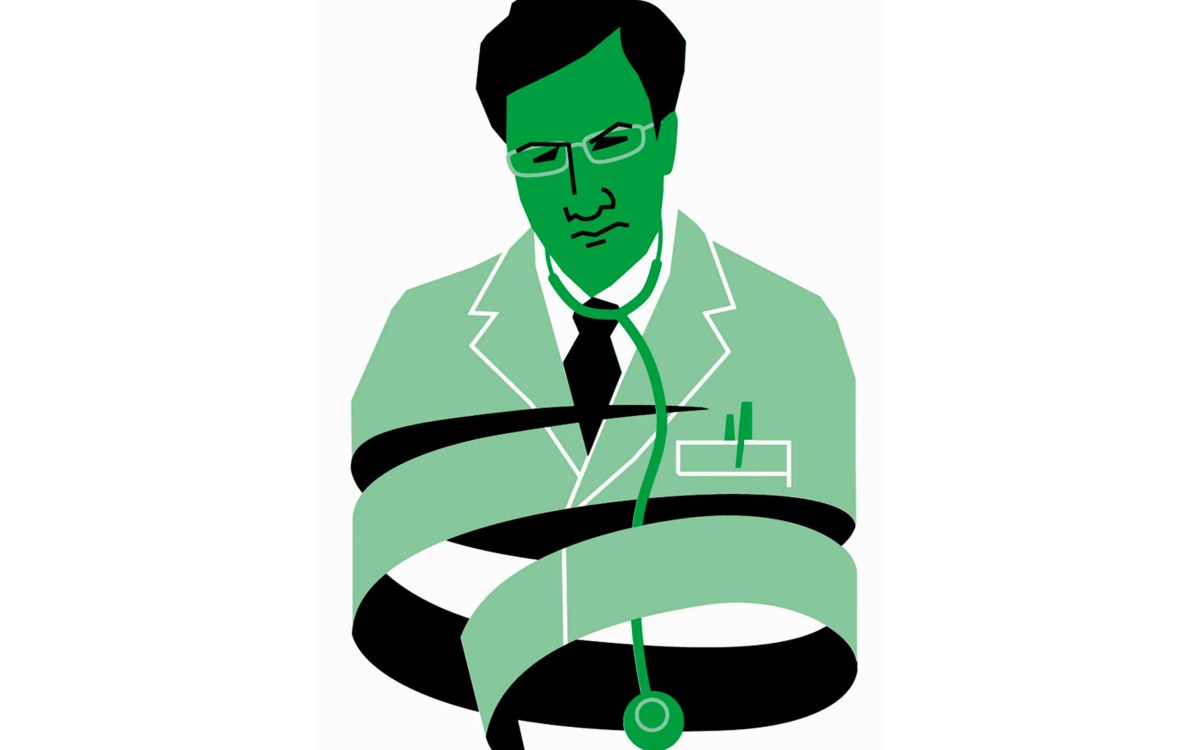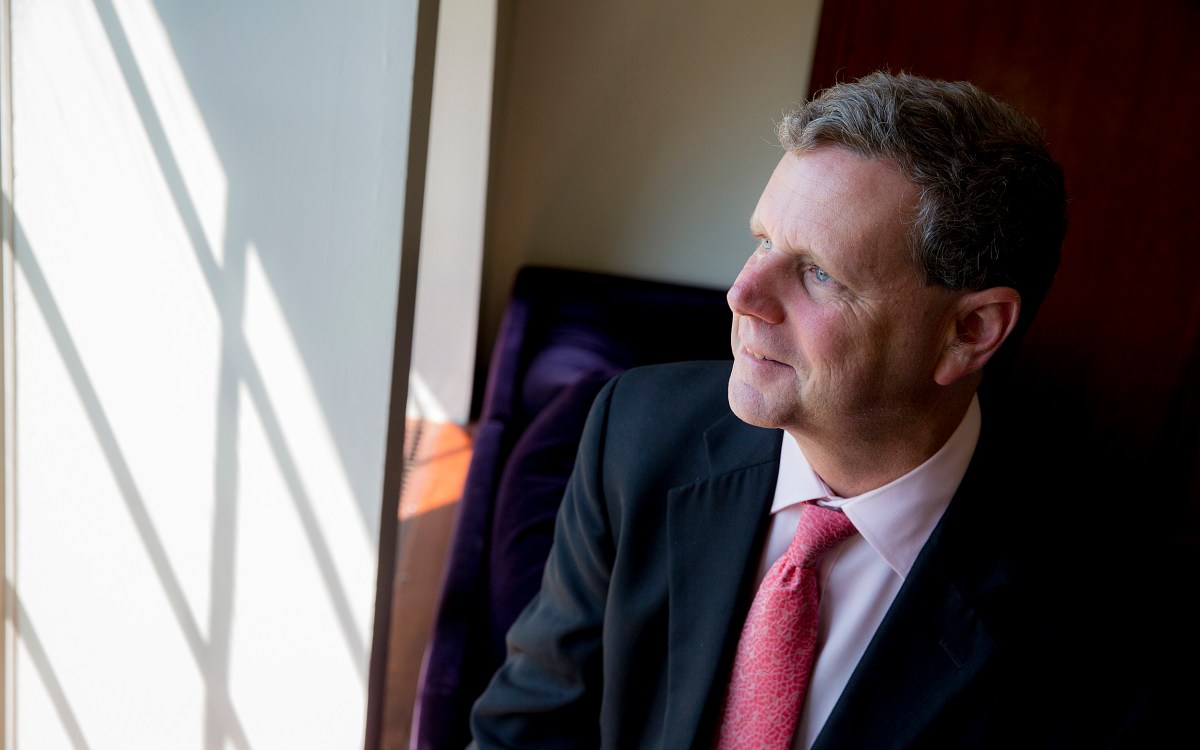
A study led by Harvard researchers suggests global-payment insurance system appears to slow growing health costs and improve care.
Pixabay
Treating runaway health costs
Study finds that a long-term trial of a capped-payment system encouraged preventative care and discouraged unnecessary spending
A new study led by Harvard researchers presents a rare long-term examination of a promising payment system for providers that appears to slow galloping health care costs while improving care for chronic diseases like diabetes and high blood pressure and reducing emergency-room visits.
Under the current method, insurers pay providers for each service rendered, a practice that critics say can encourage the use of increased treatment even when its benefit is dubious. A so-called global-payment program, on the other hand, gives clinical practices a yearly budget to care for a population of patients, creating an incentive to prioritize preventative care and look for ways to cut unnecessary spending.
Evidence from preliminary, and mostly short-term, studies of global-payment experiments has been mixed and has offered a limited snapshot on outcomes. The question remained: Could it work over the longer term once the early changes or investments in care delivery had been made?
The likely answer may be yes, according to research published July 18 in The New England Journal of Medicine, which reveals that one of the largest, oldest private insurers that used population-based global budgets achieved sustained success in slowing spending growth while improving care.
Over eight years, average spending for patients of an initial cohort of providers covered by an alternative, global-payment contract with a large Massachusetts insurer saved nearly 12 percent ($461 per member, per year) on claims, compared with patients likely in traditional, fee-for-service plans across the Northeast. Subsequent providers with fewer years in the payment model had comparable or smaller savings on claims.
The study, led by researchers in the Department of Health Care Policy in the Blavatnik Institute at Harvard Medical School, examined changes in spending on claims, volume of services used, and quality of patient care through eight years of the Blue Cross Blue Shield of Massachusetts Alternative Quality Contract (AQC), representing the largest and longest-running global-budget contract offered by a private insurer.
“Health care costs are high, and they continue to grow nationwide,” said study author Zirui Song, assistant professor of health care policy and medicine at Harvard Medical School. “The evidence we found suggests that this global payment program has slowed the growth of spending on claims, improved several aspects of quality relative to regional and national averages, and changed some dimensions of provider behavior in a potentially sustainable way.”
While incentive payments to providers did offset a significant portion of savings on claims, the overall results nevertheless showed that important changes were made in clinical practice, Song said.
“And that is encouraging news,” he said.
The analysis found that global-payment patients were less likely than those in a comparison group to visit the ER, receive high-cost specialty drugs, and undergo diagnostic imaging procedures, which research has found are often not optimal and may not provide better outcomes. The study also found that patients received improved preventive care and management of chronic illnesses such as diabetes and high blood pressure.
“The idea is not to save money by withholding care but to slow the use of questionable, low-value, or unneeded services in favor of high-value care,” Song said. “This study shows that over the longer term provider organizations can produce meaningful changes in practice and savings for the health care system while improving several aspects of quality of care under incentives that encourage these goals.”
The study looked at data from 2006 to 2016 from Blue Cross Blue Shield of Massachusetts (BCBS) and from a database of commercial claims and encounters. The longest-term data are from the first cohort of providers, which joined the AQC in 2009. Over eight years (from 2009 to 2016), average annual medical spending on claims for people in the AQC contract grew at a slower rate.
Savings on claims were driven by lower prices in the early years, often due to shifting services from more to less expensive locations or settings, such as switching hospital- or facility-based care to independent- or office-based care. In later years, savings were driven by lower use of services, including laboratory tests, certain imaging tests, and emergency room visits. A number of process and outcome quality measures improved relative to regional and national averages.
New provider organizations entered the AQC over the years that the study covered. Savings were generally larger among populations enrolled longer. Patients in organizations that entered the AQC in 2010, 2011, and 2012 had medical claims savings of 12 percent, 7 percent, and 2 percent, respectively, by 2016.
The AQC uses what is known as a two-sided risk model: If providers spend less than the target budget, BCBS shares some of the savings with them; if they go over budget, BCBS compensates less than the full amount of the excess so the providers assume some of the cost of overspending. Providers also receive bonuses for meeting quality measures across process, outcome, and patient experience domains.
The findings suggest that a global payment model with both financial rewards and penalties, including robust quality incentives, offer a framework for slowing spending growth without sacrificing quality of care, the researchers said.
Co-authors included Yunan Ji, a Ph.D. candidate at Harvard’s Graduate School of Arts and Sciences, and Michael Chernew, Leonard D. Schaeffer Professor of Health Care Policy at HMS. Dana Gelb Safran, who is with Haven, an independent organization dedicated to creating better health care outcomes for individuals and families, and Tufts University School of Medicine, and was part of BCBS during the study period, also contributed to the research.
This work was supported by a National Institutes of Health Director’s Early Independence Award.







